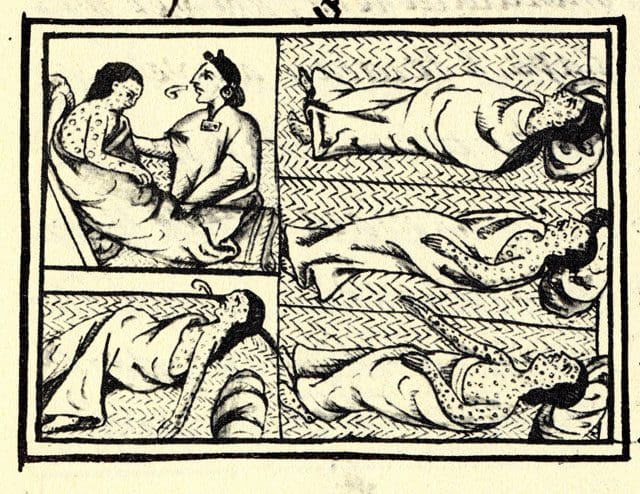On July 9, 2020, the World Health Organization (WHO) bowed to pressure from scientists to concede that the novel coronavirus (SARS-CoV-2) could cause infection via aerosols. (See https://bit.ly/39EHerk.) Aerosols are simply small droplets (generally described as under 5 microns) containing the virus that can linger in the air for hours. The author of the linked New York Times opinion article, engineering professor Linsey Marr, writes that a 5 micron droplet takes about a half-hour to drop from the mouth of an average height adult to the floor – longer if there are air currents. Link to article, https://nyti.ms/3ggetDM.
This is not rocket science, even the Aztecs knew that smallpox was airborne.
The implications of this fact are enormous, for the legal liability of design professionals responsible for maintaining healthy buildings, for employers responsible for employee safety under the general duty clause of OSHA, and for people with a statistically higher risk of poor health outcomes if infected.
ASHRAE has already released a document beginning to address airborne transmission (https://bit.ly/2PccVit) but as Professor Marr’s article describes in the NYT, scientific data on this risk vector is in its early development. Employers and school administrators with responsibility for reopening decisions must now recognize that their duty to provide a safe environment likely includes a room by room analysis of HVAC performance or a re-commissioning.
